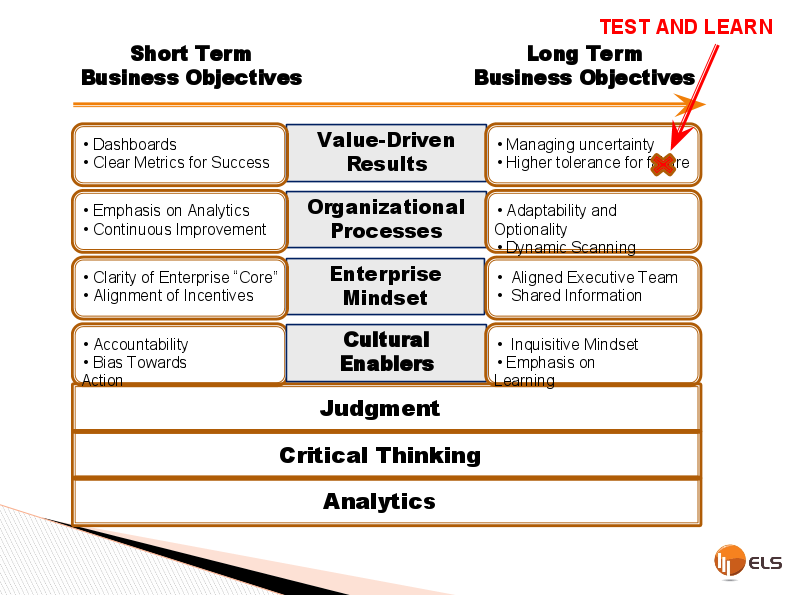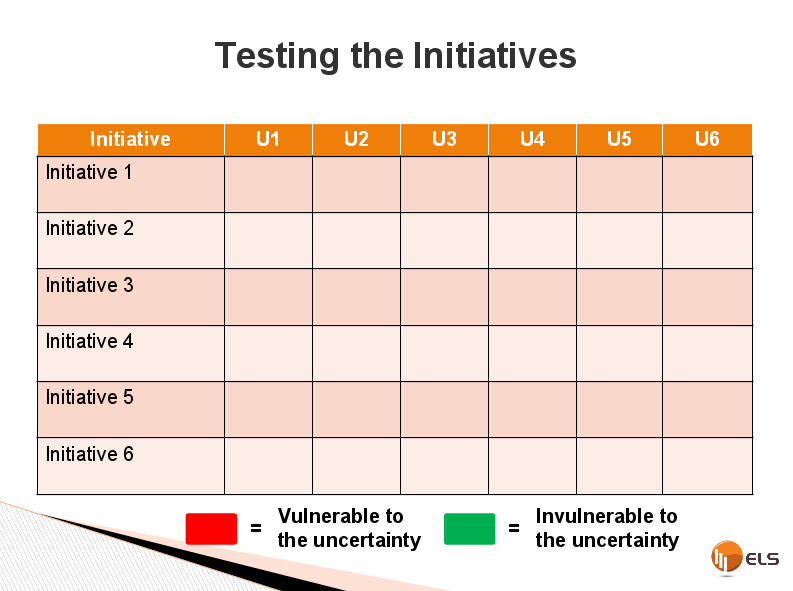
|
|
What are the Keys to Strategic Agility When It Comes to Fundraising?On Wednesday, June 22, the Cultural Alliance hosted "Strategic Agility in Fundraising With Kathy Pearson, Ph.D." in partnership with Association of Fundraising Professionals - Greater Philadelphia Chapter (AFP-GPC) and sponsored by DonorSearch. Kathy Pearson is an Adjunct Senior Fellow at Leonard Davis Institute of Health Economics, University of Pennsylvania, and the Founder and President of Enterprise Learning Solutions. Kathy works extensively with mid- to senior level executives, including high potentials and executive teams, teaching on a variety of topics including Critical Thinking, Strategic Agility, Change Management and Strategic Execution. Kathy’s work with executives spans a wide variety of industries and geographies, and her client list includes Bank of America, Coca-Cola, The Estee Lauder Companies, GlaxoSmithKline and the World Bank. The session explored the common barriers to agility in nonprofit fundraising, offered tools to overcome these barriers, and described concrete actions in achieving strategic agility within your fundraising and organizational plan. Cultural Alliance members, AFP-GPC members and leaders across the sector were invited to attend, and were highly engaged in the workshop. Here are some of our key takeaways from the presentation:
Myth 1: Communication Equals Understanding Kathy shared "the foot soldier" anecdote: A soldier is told to take the hill. But if he’s not told why to take the hill, it doesn’t help him to be adaptable when things change in the midst of the battle (i.e. – what happens when the hill is blown up?). But if he’s told more of the bigger picture, it gives him 1) motivation; 2) adaptability and 3) focus on the larger goal. Myth 2: Execution Should Be Driven from the Top This JetBlue commercial is a great illustration of a group coming to a consensus because they had a clear goal and a leader who: 1) kept emphasizing the goal 2) allowed conversation and 3) pointed out positive behaviors.
Myth 3: Execution Equals Vertical Alignment Myth 4: Execution Means Sticking to the Plan MYTH 5: A Performance Culture Drives Execution
Financially Frugal: Operationally efficient, with wise use of finances including leverage and cash Persona: A strong sense of identity and deep, uncompromising set of core values and purpose Adaptability: Ability to adapt to a changing environment by carefully monitoring the external environment Tolerance: Encouragement of experimentation and unconventional thinking To illustrate these principles, Kathy shared an anecdote about the Encyclopedia Britannica. In the 1980s, Bill Gates approached them with technology to put their entire collection on a disc for pennies. But, they insisted that their market was selling the book sets door-to-door. We all know how that turned out!
Donors are getting older Some key uncertainties to look out for now: Economy
Here is a helpful tool you can use for testing:
Down the left list your initiatives. Across the top, list each of your uncertainties. For each initiative, evaluate all 5 uncertainties and give it a green square if it’s invulnerable to the uncertainty, or a red square if it is vulnerable. A healthy chart would have a mix of red and green. If you’re all green, you’re not taking enough risks and you’re blind to the key indicators of change in your sector (or beyond). An uncertainty that has a lot of red (across multiple initiatives) means that’s something that you should really keep an eye out for. For more information, contact Kathy Pearson at Enterprise Learning Solutions, Inc at info@elslearning.com. |
|
|
On Wednesday, June 22, the Cultural Alliance hosted "Strategic Agility in Fundraising With Kathy Pearson, Ph.D." in partnership with Association of Fundraising Professionals - Greater Philadelphia Chapter (AFP-GPC) and sponsored by DonorSearch. |
|
|
|
The work of the Greater Philadelphia Cultural Alliance is made possible through the generous support of committed individuals and institutions. |




